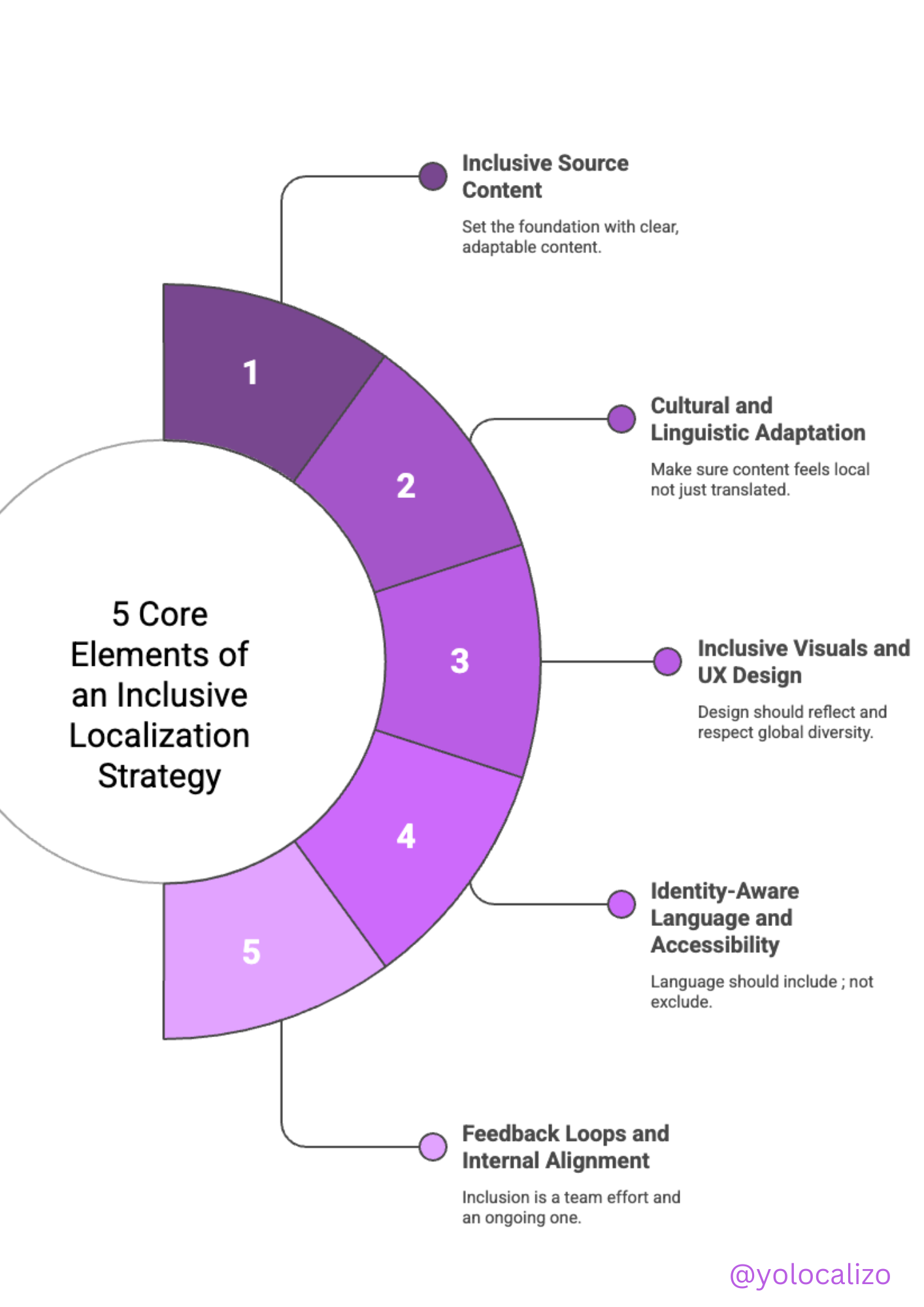From Solo Manager to Building a Localization Team
During my career, I have found myself in a couple of situations where I needed to transition from being a one-person localization department to figuring out how to grow it.
This is relatively common as long as the company’s numbers are growing. Many of these companies are often startups or just beginning their journey into global expansion. Therefore, it’s not always guaranteed that, even if we do our Localization job well, the need to expand the Localization team will always be there. But let’s think positively—why not?
Let’s imagine things start working out, and the international markets we serve begin gaining traction. Being the only person handling everything related to localization is crazy. On the one hand, it’s very satisfying to see that our efforts are helping our product enter new markets, but once the adrenaline wears off, it becomes increasingly difficult to find the energy to handle everything. So, at that moment (preferably even before!), we must consider how to grow from a localization department to a Localization team.
This blog post provides a series of suggestions for what to do when that moment arrives. I hope this will give you some ideas on where to start 😉
Click HERE to download the infographic
Phase 1: Assessing and Pitching the Need for Expansion
This is where it all begins.
The journey from being alone to having our own localization team starts here.
This phase is crucial because it's where we need to gather the data and the right rationale to explain to the C-suite that the idea of continuing to lead localization efforts alone is not sustainable in the long run.
Here, we need to assess and explain the challenges faced by a sole localization manager in areas such as:
Limited bandwidth to handle multiple projects.
Difficulty in maintaining quality and consistency.
Stress and burnout due to an overwhelming workload.
Gradually, we need to plant seeds in the minds of the budget gatekeepers so that the idea of creating a “real” team starts to take root. As we identify the challenges of being alone, we can start thinking about the benefits of building a team.
This will form the core of our pitch and our business case for requesting additional headcount. The better our metrics and hypotheses for explaining the impact of having more people, the better our chances of securing the funding we need.
We can elaborate on areas such as:
Enhanced efficiency and productivity (project turnaround time, error rate in localized content, and volume of content localized per month might be good KPIs to kick off)
Ability to handle larger and more diverse projects.
Improved quality and consistency of localized content.
More opportunities to innovate, as we’ll have time to think instead of constantly putting out fires. And thinking is good!
Assuming we’ve done our homework well and get the green light to expand the team, it’s time to move on to Phase 2….
Phase 2: Building the Localization Team
This is the most important phase because this is where we build our team and gather our tribe. With these people, we will share many experiences and spend countless hours together, so it's crucial to get it right!
There are four main areas to look into here
role description
localization execution model,
tooling
processes
We start by defining the roles and responsibilities within the team, ensuring each position has a clear function to streamline the localization process.
Next, we decide on the work model—whether to build an in-house team, outsource to LSPs, or use a hybrid approach that combines internal resources with outsourced services.
It’s also essential to define our tooling requirements, such as selecting the right TMS, integrating a CMS, and considering how to implement tools like NMT and/or LLMs.
Finally, we need to establish workflows and collaboration processes by developing clear procedures for localization tasks and setting up effective communication channels with stakeholders.
Phase 3: Laying the Foundations for Success and Continuous Improvement
Reaching this phase may take us a while; Phases 1 and 2 can take years to complete. But it’s also not a bad idea to look ahead and think about what we need to do and how we need to do it to lay the groundwork for a bright future for the Localization team. This phase is about nurturing and finding ways to instill a continuous improvement mindset in each team member and continually developing habits to improve our localization processes. In this phase, some of the most important elements to consider, though not the only ones, would be:
Defining 3 to 5 KPIs for our localization program.
Implement regular reviews and gather feedback from stakeholders to identify areas for improvement and ensure the localization process meets quality standards.
Staying updated with the latest trends and advancements in localization technologies, incorporating new tools and methods to enhance the process continuously.
All this is a good starting point to solidify Phase 3 🥳
In Summary
Transitioning from a one-person localization department to a specialized team is both an exciting and challenging journey.
It's about recognizing the struggles of handling everything solo and envisioning the amazing possibilities that a team can bring.
By highlighting the need for expansion and its benefits, we can make a strong case for building a team that will enable our digital product to reach international markets more efficiently. Most importantly, we can achieve this without burning ourselves out in the process…. Being a one-person orchestra doesn't work in the long run, and it's only a matter of time before we burn out!
Wishing you all the best in the journey! It’s worth it 🥳
@yolocalizo
.













Before jumping on the AI bandwagon: What localization problem are you trying to solve? AI is everywhere right now, including in localization.
But before jumping on the bandwagon, we need to stop and ask:
Are we solving the right problem?